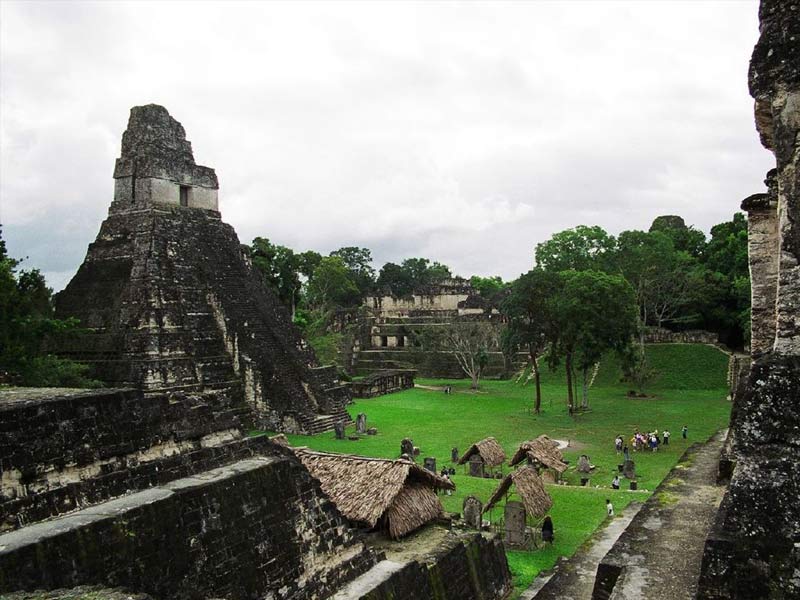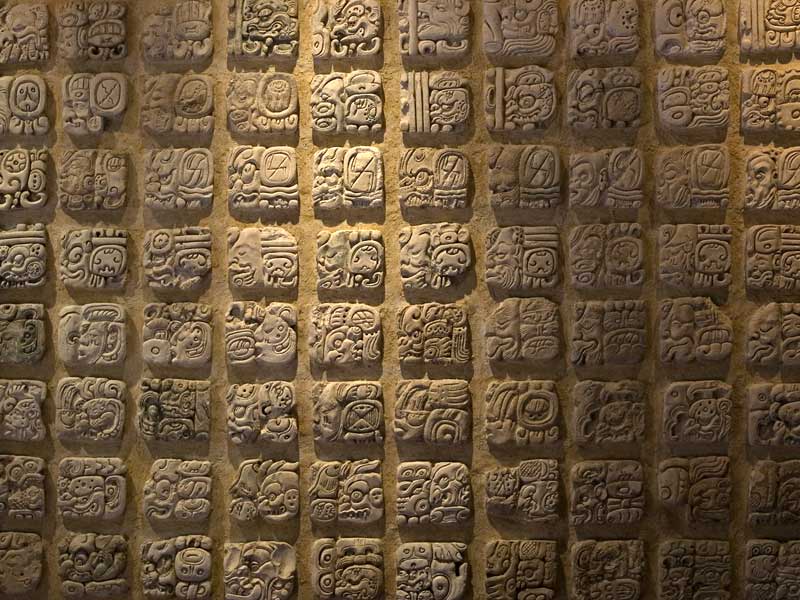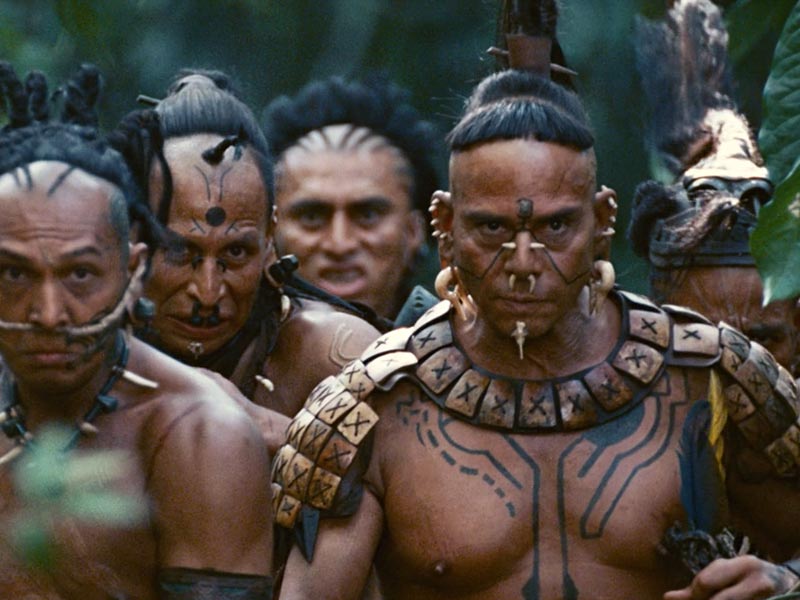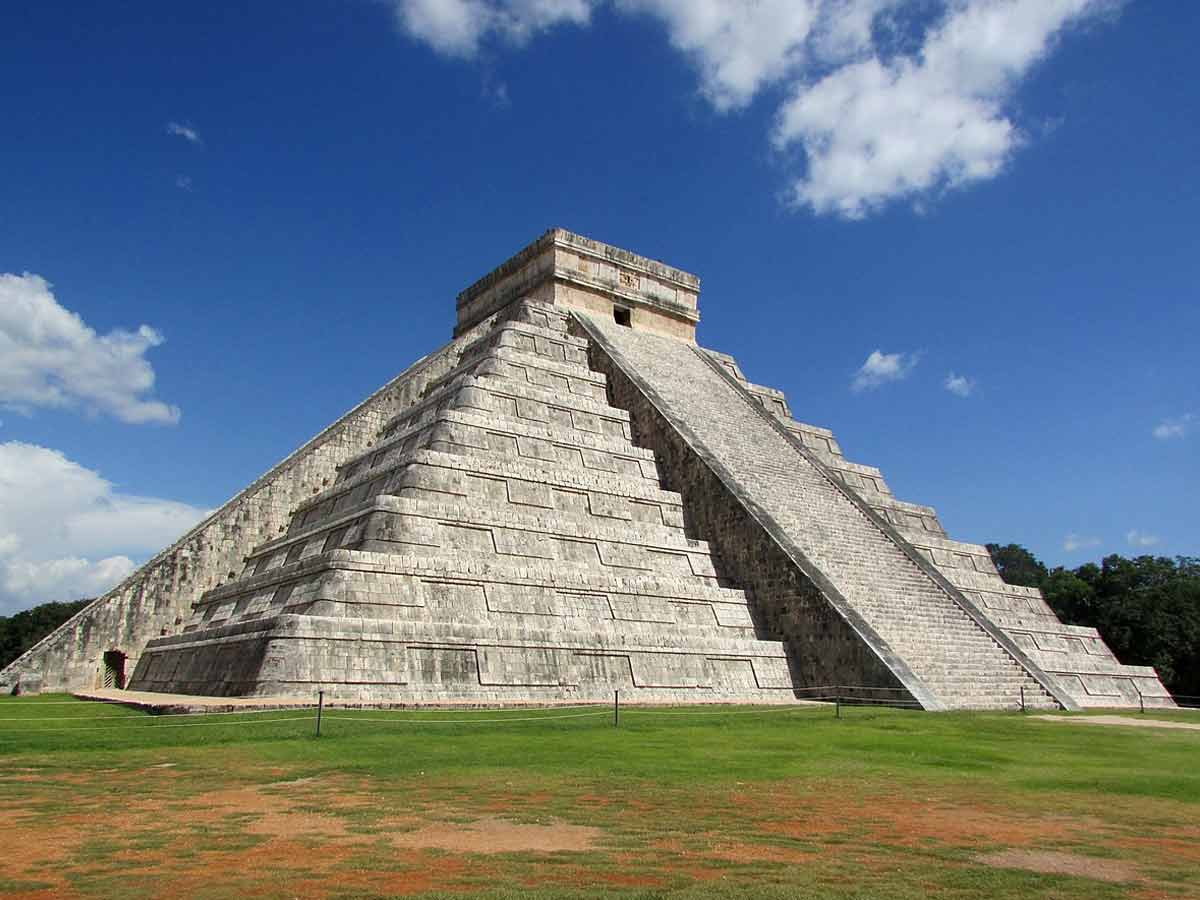Meso-American Indians, known as the Mayan civilization, live in southern Mexico, Guatemala, and northern Belize. More than five million people spoke 30 Mayan languages in the early twenty-first century, most of which were fluent in Spanish. Before the Spanish conquering of Mexico and Central America, the Mayan civilization had one of the most advanced cultures in the Western Hemisphere.
They farmed, constructed great stone structures and pyramid temples, employed gold and copper, and used a type of hieroglyphic writing that is now mostly deciphered.
The Mayan civilization, headquartered on Guatemala’s tropical lowlands, reached its zenith of power and influence around the sixth century A.D. The Mayan civilization excelled in agriculture, pottery, hieroglyph painting, calendar-making, and mathematics. They left an incredible amount of amazing architecture and symbolic artwork behind. However, most of the Mayan civilization’s great stone settlements were deserted by A.D. 900, and historians have questioned what prompted this rapid collapse since the 19th century.
Finding the Mayan civilization
The Mayan civilization was one of Mesoamerica’s most dominant Indigenous civilizations. Unlike other Mesoamerican Indigenous peoples, the Maya were concentrated in a single geographical area that included the Yucatan Peninsula and modern-day Guatemala, Belize, and portions of Tabasco and Chiapas’ Mexican states as the western parts of Honduras and El Salvador. This focus demonstrated that the Mayan civilization remained largely safe from other Mesoamerican cultures’ invasion.

Did you know? A common language prevailed among the earliest Maya. Still, by the Preclassic Period, great linguistic diversity had grown among the numerous Maya peoples. Around 5 million people in modern-day Mexico and Central America speak one of the 70 Maya languages; most are fluent in Spanish.
Within the expanse, the Maya lived in three distinct sub-areas with distinct environmental and ethnic differences: the northern Maya lowlands on the Yucatan Peninsula, the southern lowlands in northern Guatemala’s Peten district and neighboring parts of Mexico, Belize, and western Honduras, and the southern Maya highlands in southern Guatemala’s mountainous zone.
The Maya of the southern lowland region is most notable for reaching their height during the Classic Period of the Mayan civilization (A.D. 250 to 900) and building the great stone cities and temples that have intrigued explorers and scholars.
Early Maya period, circa 1800 B.C. to A.D. 250
The oldest Maya settlements date back to about 1800 B.C. or the start of the Preclassic or Formative Period. The first Maya were farmers, cultivating crops such as corn (maize), beans, squash, and cassava (manioc).
Maya farmers started to extend their influence in both the highland and lowland regions during the Middle Preclassic Period, which endured until about 300 B.C. The Middle Preclassic Period also saw the emergence of the Olmecs, the first great Mesoamerican civilization. Like other Mesoamerican cultures such as the Zapotec, Totonac, Teotihuacán, and Aztec, the Maya inherited a range of religious and cultural characteristics from the Olmec, as well as their number system and popular calendar.
Aside from agriculture, the Preclassic Maya exhibited more sophisticated cultural characteristics such as pyramid-building, city design, and the inscription of stone monuments.
Mirador, in northern Peten, was one of the most magnificent settlements ever founded in the pre-Columbian Americas. It dwarfed the Classic Maya capital of Tikal in scale, and its presence demonstrates that the Maya flourished centuries before the Classic Era.
Stone Cities: The Classic Maya, A.D. 250-900

The Classic Era, which started about A.D. 250, was the Mayan civilization’s golden age. Tikal, Uaxactn, Copán, Bonampak, Dos Pilas, Calakmul, Palenque, and Ro Bec were among the 40 cities of the Classic Mayan civilization, each with 5,000 to 50,000 inhabitants. The Maya population may have peaked at 2,000,000 or as much as 10,000,000.
Excavations at Maya sites have revealed plazas, palaces, mosques, pyramids, and courts for the popular Maya ball game ulama, all of which are ritually and politically important to Maya society. Maya settlements were surrounded and supported by a vast farming community. Though the Maya practiced rudimentary “slash-and-burn” agriculture, they also demonstrated evidence of more sophisticated agricultural techniques such as irrigation and terracing.
The Maya were intensely religious people who worshiped many gods associated with nature, such as the sun, moon, rain, and maize. The princes, or “kuhul ajaw” (holy lords), who believed to be related to gods and practiced a patriarchal succession, ruled Mayan civilization. They were believed to act as intermediaries between the gods and the people of Earth. They carried out the complex worship rites and rituals that were so important to the Maya culture.
Arts and Culture of the Mayan Civilization

Many of the Classic Maya temples and palaces were constructed in a stepped pyramid form, with intricate reliefs and inscriptions. These systems cemented the Maya’s status as Mesoamerica’s greatest musicians. The Maya made important strides in mathematics and astronomy, including using the zero and the invention of complicated calendar structures such as the Calendar Round, built on 365 days. Later, the Long Count Calendar was intended to last for 5,000 years.
In the 1830s, serious excavation of Classic Maya sites began. By the early to mid-twentieth century, a part of their hieroglyphic writing code had been deciphered, and much about their origin and culture was understood. The majority of what archaeologists know about the Maya is based on what remains of their architecture and sculpture, such as stone carvings and inscriptions on their buildings and monuments. The Maya also made paper from tree bark and wrote in books known as codices made from this paper; four of these codices have survived. They are often credited with some of the first applications of chocolate and rubber.
Also Read, Machu Picchu: The Lost Wonder of the World
The Way of Life in the Rainforest
The Maya’s desire to create a great civilization in a tropical rainforest environment was one of many interesting aspects. Historically, ancient peoples thrived in drier climates where collective control of water supplies (via irrigation and other techniques) constituted the foundation of civilization. (This was the case with the Teotihuacan of highland Mexico, who were Classic Maya contemporaries.) However, there were few navigable rivers for commerce and transport in the southern Maya lowlands. There was no apparent need for an irrigation scheme.
By the late twentieth century, scholars had concluded that the climate of the lowlands was, in effect, very complex in terms of environmental factors. Despite foreign invaders’ disappointment at the region’s relative shortage of silver and gold, the Maya took advantage of the area’s many natural resources, including limestone (for construction), the volcanic rock obsidian (for tools and weapons), and salt. Other treasures found in the environment included:
- Jade.
- Quetzal feathers (used to decorate the lavish robes of Maya nobility).
- Marine shells are used as trumpets in ceremonies and warfare.
The Maya’s Mysterious Decline
Everything unexplained occurred from the late eighth to the end of the ninth century that shook the Mayan civilization to its heart. The Classic settlements of the southern lowlands were deserted one by one. By A.D. 900, the Mayan civilization in that area had died. The cause of this unexplained deterioration is unclear, but many conflicting hypotheses have been proposed by academics.
Some claim that by the ninth century, the Maya had depleted the ecosystem to the extent where it could no longer support a massive population. Other Maya scholars contend that continuous fighting between rival city-states caused the complicated military, family (by marriage), and trade alliances between them to disintegrate, as did the conventional structure of dynastic control. When the holy lords’ stature dwindled, their intricate practices and rites devolved into anarchy. Finally, the Classic Mayan civilization may have been wiped out by a disastrous environmental change, such as an unusually long, prolonged time of drought. Drought would have wreaked havoc on cities like Tikal, where rainwater was needed for drinking and crop irrigation.
All three of these factors–overpopulation and overuse of the soil, endemic warfare, and drought–could have contributed to the Maya’s demise in the southern lowlands. In the Yucatan highlands, a few Maya towns, such as Chichen Itza, Uxmal, and Mayapán, flourished in the Post-Classic Era (A.D. 900-1500). However, by the time the Spanish settlers came, most Maya was living in agricultural settlements. Their great cities have hidden under a blanket of rainforest green.
Are the Maya still alive?

Maya descendants can also be found in modern-day Belize, Guatemala, Honduras, El Salvador, and Mexico. The majority of them live in Guatemala, home to Tikal National Park, which contains the remains of Tikal’s ancient settlement. About 40% of Guatemalans are of Mayan descent.




























